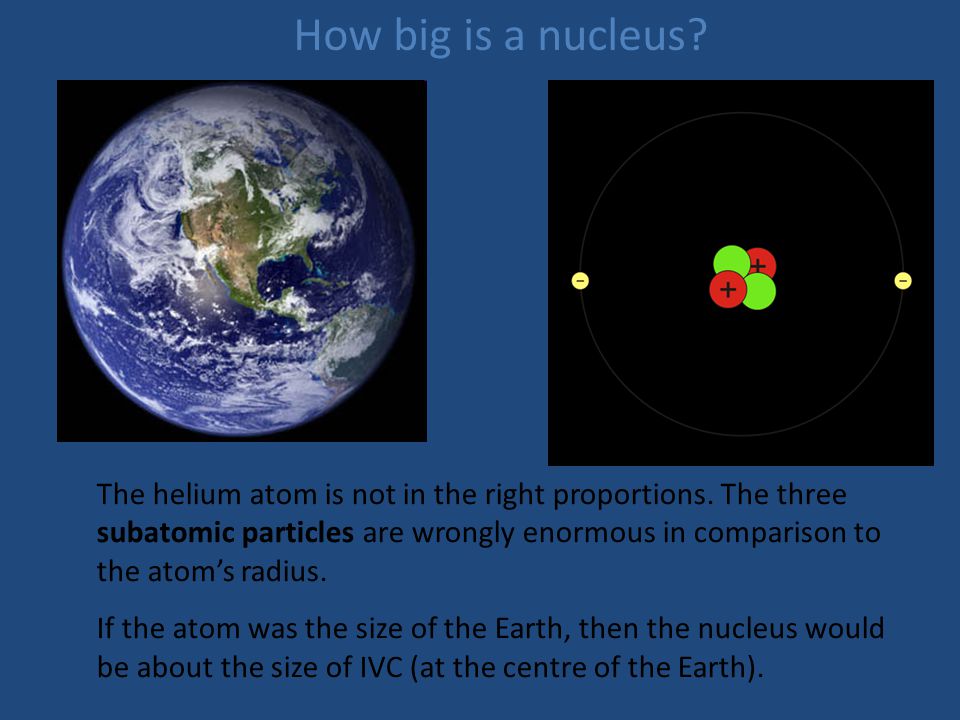Helium is one of the most common elements in the universe. It is called a noble gas because it doesn’t chemically interact with elements. Its atomic number is 2 and the weight is 4.002. In its natural state, it doesn’t have any smell, taste or color.
Common Uses of Helium

Evidence shows that the human voice can be changed with a bit of helium. The gas is also used as light weight aircraft fuel. The element is usually combined with hydrogen in air balloons. Hydrogen alone is fine, but helium makes the balloon safer to use. The same gas is used by caisson workers too. Divers use oxygen and helium during their dives. The combination provides them with the atmosphere necessary to survive in high pressure environments.
The team has had to identify a source rock in the Earth’s crust, a mechanism for how helium is transported to the surface and how it is trapped before it is lost into space. ‘Step-by-step the source.
- Jan 22, 2021 Helium is the second most abundant element in the universe, but it’s not as abundant here on Earth — at least not in a form we can use. For the past couple of decades, concerns about helium.
- The trace of the isotope helium-3 on Earth is attributable to the negative beta decay of the rare hydrogen-3 isotope. Helium-4 is by far the most plentiful of the stable isotopes: helium-4 atoms outnumber those of helium-3 about 700,000:1 in atmospheric helium and about 7,000,000:1 in certain helium-bearing minerals.
Medical Applications
Helium can also be used for breathing observation. It is essential in treating ailments asthma, emphysema and other conditions that affect breathing. The gas is usually used to treat diseases that affect the lungs. Hospital MRI scans relies on liquefied helium. When the element is set at -269 C (the low boiling point), it becomes usable in MRI magnet cooling down.
Acute and chronic forms of respiratory ailment treatments have helium components. In almost all cases, oxygen and helium are used together. This combination gets to the lungs much quicker. Helium in different forms and combinations are used in medical instrumentations and nuclear medicine.
Welding and Magnet Production
Helium is used to cool down superconduction magnets. This is required during their operation. Welding companies also rely on it to provide protection. It is used the same way in the development of titanium, zirconium, germanium and silicon.
Other Applications
Hydrogen and oxygen are often used as rocket fuel. Helium-neon lasers use the element extensively. These instruments are used for barcode reading. The same element is needed to monitor small fractures in ships and other vehicles.
Helium dating is relied on to date rocks that contain uranium and titanium. The gas is used for protection during germanium crystal and silicon production. It is valued as a protective gas because of its inert nature.
Helium’s properties also make it ideal for observation in quantum mechanics. Its structure is basic and easy to study. Numerous mathematical processes are used to assess subatomic particle behavior. Using these techniques, neutrons, electrons and protons can be studied. However, these tests cannot determine their actions 100% accurately. This is due to the nature of quantum mechanics.
Uses of Helium in Space Technology
NASA space programs use the gas to fuel their shuttles. Liquid fuels are volatile. They are packed with corrosive material that could destroy a spacecraft’s casing. To avoid this problem, a craft is filled with helium gas. The same process is used in blimps and air balloons. It is preferred to hydrogen for two reasons. It is lighter and not flammable. The element is also used to keep nuclear reactors cool.

Occurrence and Discovery
Where Can You Find Helium On Earth
Helium can be found all over the universe, although it isn’t widely distributed on Earth. Its most frequent form is gas. It shares many characteristics with other noble gases. Helium doesn’t form compounds easily with other elements. It is also very stable. But as the facts earlier show, the element is very usable. Its symbol in the periodic table is He. Its stability and non-reactive nature makes it the perfect tool for handling unstable materials. The element was discovered in 1868 during a solar eclipse. It took scientists 30 years to extract and isolate the gas from the clevite mineral.
The gas is not prevalent on Earth. It is usually extracted from natural gas. The typical amount found ranges from 2 to 7%. It didn’t take long for governments to realize its usefulness in military operations. Access to it was restricted during the two World Wars. In its purest form, the element doesn’t pose any health risks.
However, inhaling excessive amounts has its risks. The danger is the gas functions as an asphyxiate. Inhaling helium from pressure tanks can damage the lungs. The variants found in weather balloons may have other elements that are unhealthy to breathe.
Helium On Earth

World Helium Supply
Properties
Percent Abundance Of Helium On Earth
Its atomic number indicates there are two electrons and two protons in a neutral helium atom. Its most vital properties are density, melting and boiling points, state of matter and atomic mass. The density is 101.325 kilopascals (kPa) and 0.1786 grams per liter at 32°F (0.0°C). Its atomic mass is 4.0026 grams per mole.
Solid and liquid helium can only manifest in high and low temperature settings. Either condition cannot manifest under normal pressures. -458 F (0.95 Kelvin) is the melting point. The boiling point is -452°F (4.22 Kelvin).
One of the more interesting uses of helium is in cryogenics. This field is concerned with low temperature phenomena and its production. Most of the helium produced today is used for cryogenics.
NPR’s sites use cookies, similar tracking and storage technologies, and information about the device you use to access our sites (together, “cookies”) to enhance your viewing, listening and user experience, personalize content, personalize messages from NPR’s sponsors, provide social media features, and analyze NPR’s traffic. This information is shared with social media, sponsorship, analytics, and other vendors or service providers. See details.
Where Can We Find Helium On Earth
You may click on “Your Choices” below to learn about and use cookie management tools to limit use of cookies when you visit NPR’s sites. You can adjust your cookie choices in those tools at any time. If you click “Agree and Continue” below, you acknowledge that your cookie choices in those tools will be respected and that you otherwise agree to the use of cookies on NPR’s sites.
